Flavor your morning cup of joe with this easy guide! Whether you like to keep it simple with just cream and sugar or add a variety of spices and flavors, we’ll show you how.
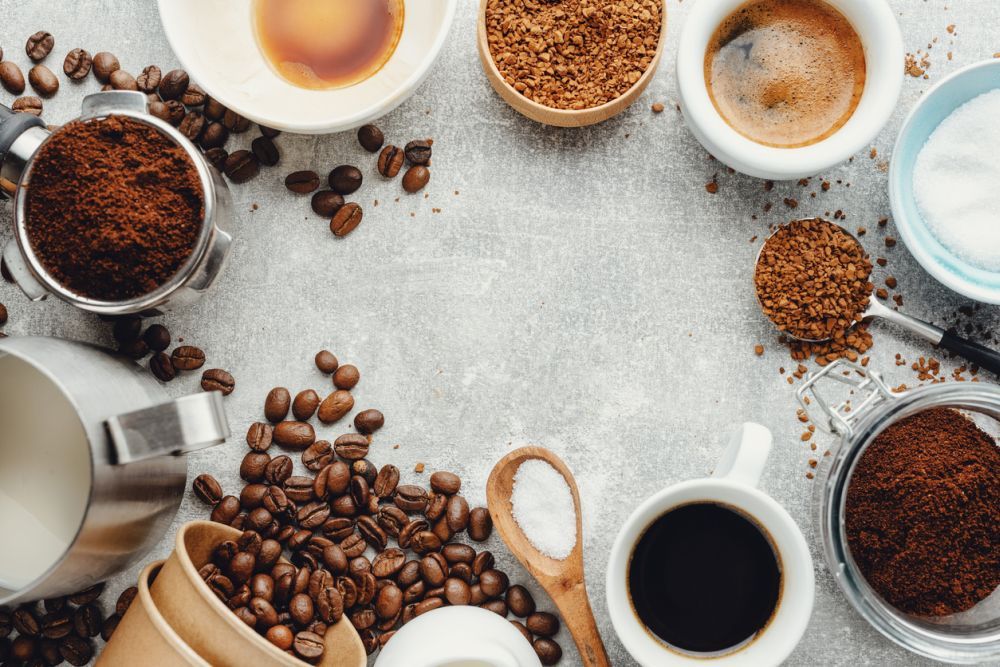
It may sound strange, but you can be a coffee drinker without liking the taste of actual coffee. In this case, you probably know how to flavor your coffee in different ways.
Most people go for sugar, milk or creamer, cinnamon, and maybe chocolate syrup. But there are also other ways to enhance the taste of coffee, like fruits and spices.
This article teaches you everything you need to know about how to flavor your coffee using sweeteners, sauces, toppings, spices, powders, dairy products, natural flavorings, and seasonal flavors.
Table of Contents
Why Flavor Your Coffee
Not everyone is a big fan of black coffee, although there are plenty of claims that it’s the healthiest coffee type.
Sure enough, switching to black coffee can be quite challenging. As long as you’re aware of the drawbacks of sweetening and adding flavors and dairy products, you can go right ahead and try these methods to make it more palatable.
How to Flavor Coffee – Best Methods
Some flavoring methods are better than others, and some don’t even give coffee any particular flavor; they just sweeten it.
Whichever the case, we’ve gathered together 30 different ways to flavor your coffee:
1. Sweeteners
Coffee is bitter – there’s no doubt about it, and that’s precisely why many people simply want to sweeten it a bit.
Sure enough, sugar may seem like the default solution, but it’s not exactly the safest one. So you can turn to natural sweeteners instead:
1.1. Brown Sugar
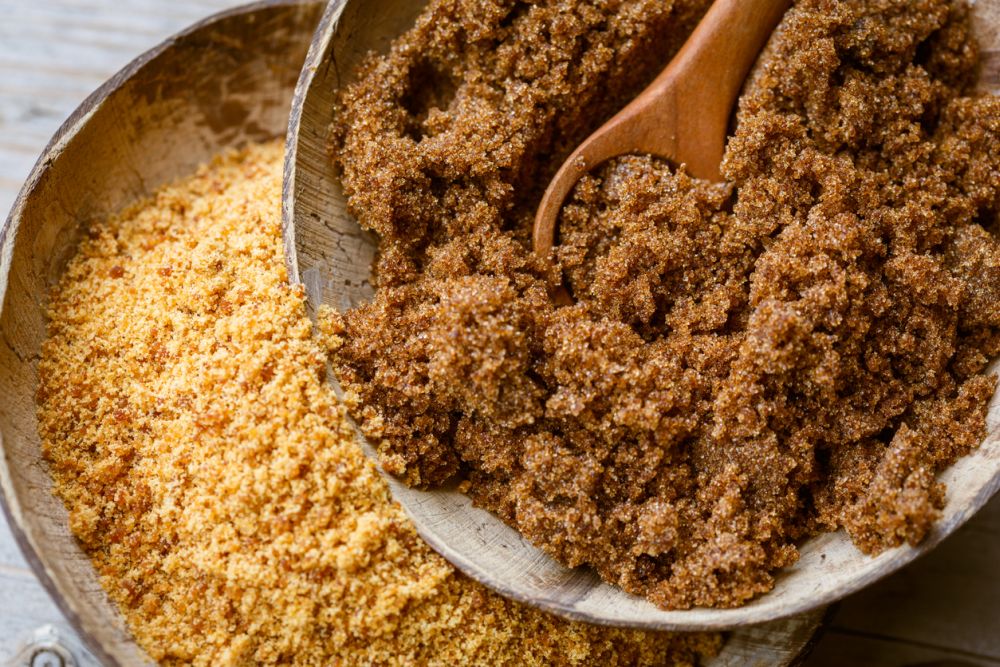
Brown sugar is raw regular sugar. In addition to sweetening your beverages and foods, it adds a subtle caramel undertone, which is a fan favorite for coffee flavoring.
It may not be as pretty as processed sugar, but it’s certainly healthier and more flavorful.
Brown sugar comes in different shades, – the darker, the better.
Sure, those tiny particles clump together due to the extra moisture they contain, but it’s nothing that a single teaspoon can’t crumble back into pieces.
1.2. Molasses
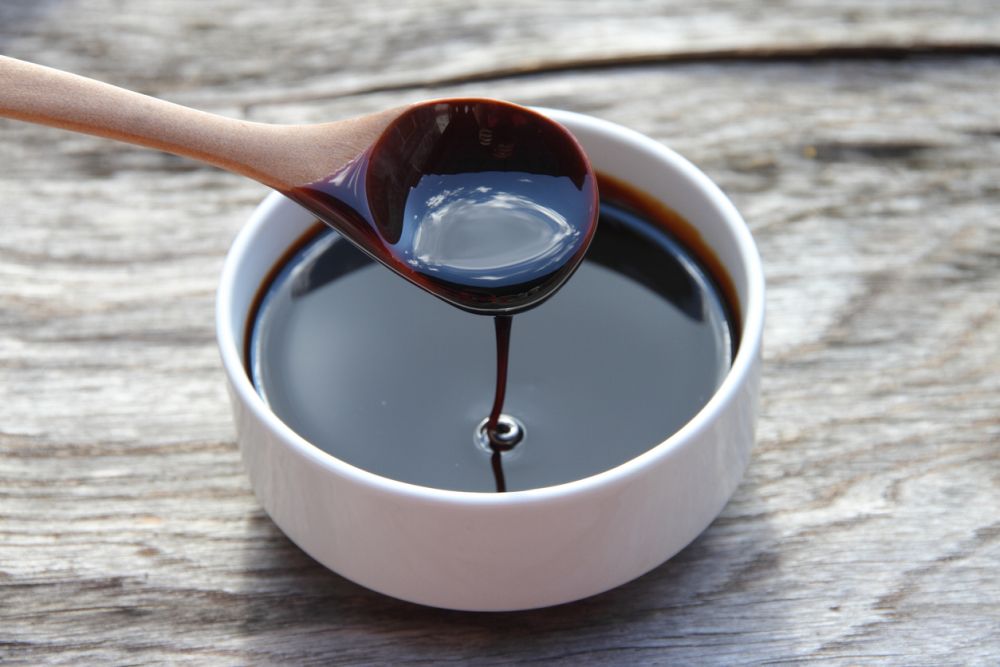
Also known as black treacle, molasses is the viscous substance resulting from making sugar out of sugarcane or sugar beets.
It’s also one of the main ingredients used in brown sugar. Remember that brown sugar has more moisture and is more sticky? That’s the extra molasses within it.
While it may sound more like a byproduct than a flavoring agent, it’s pretty popular in the culinary world and not just for its syrupy consistency.
Molasses are also a natural sweetener because they contain several vitamins and minerals that sugar doesn’t have, such as iron, calcium, magnesium, vitamin B6, and selenium.
1.3. Stevia
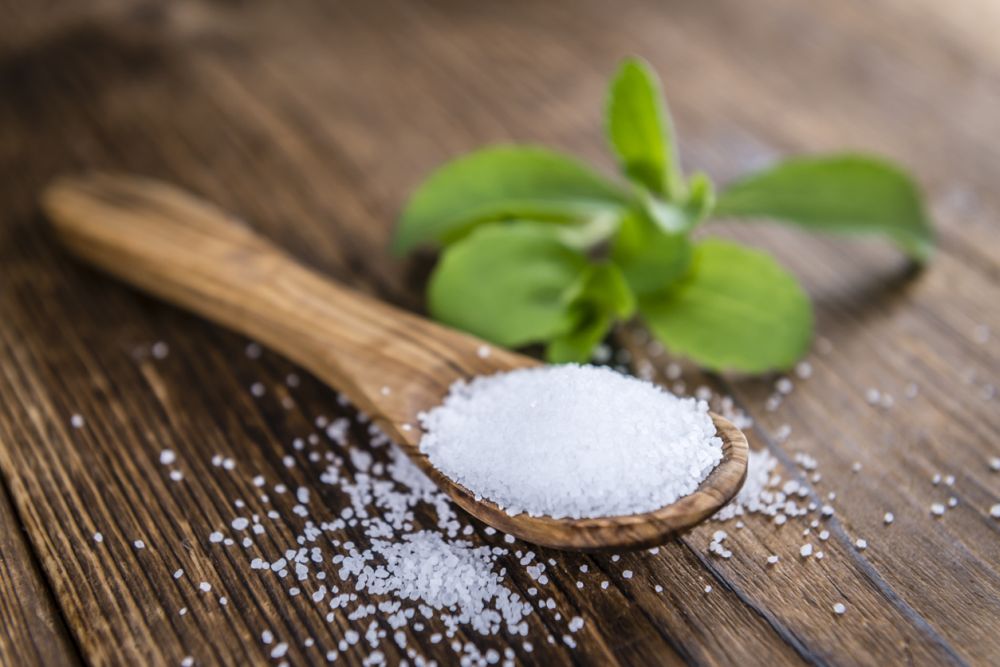
If you’re worried about the extra calories that come with sweetening your coffee, know that stevia is a safe and healthy alternative.
It’s a non-nutritive sweetener that comes from the leaves of the Stevia rebaudiana plant, which means that it’s sugar-free, calorie-free, and doesn’t contain any harmful chemicals or additives.
Depending on the manufacturer, it can be anywhere between 50 to 300 times sweeter than sugar.
The sweetness lingers for a longer time on your tongue, making it ideal for those who like slowly sipping and enjoying their coffee.
2. Sauces and Toppings
Sauces and toppings are some of the most popular methods for changing the coffee flavor, especially in big coffee shop chains such as Starbucks.
They come in a wide range of flavors, exist in 0-sugar versions, and dissolve easily in hot coffee.
2.1. Maple Syrup
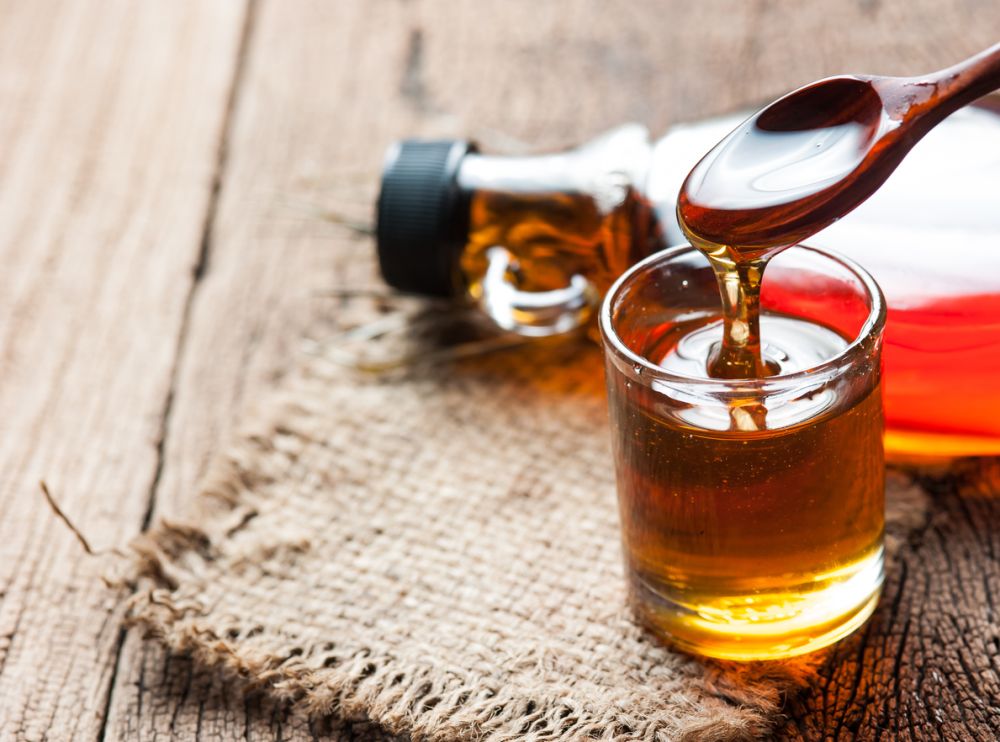
Maple syrup should be the go-to product for coffee fans who like their coffee with toppings, sauces, or syrups.
It does a great job at sweetening your coffee, adding plenty of nutty after-flavors. It’s ideal for those of you who like drinking Robusta coffee, dark roast coffee, or a combination of both.
Another great thing about maple syrup is that it’s completely natural and dissolves well, even when made with hot water.
2.2. Chocolate Syrup
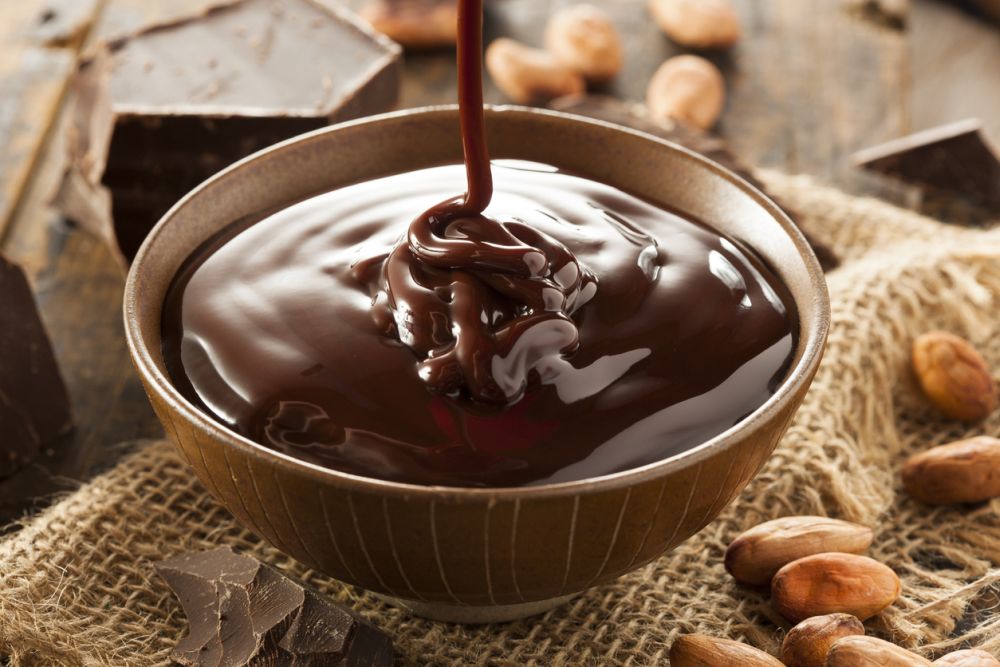
Many coffee enthusiasts associate chocolate syrup with desserts, ice cream, or coffee heavy on whipped cream. Still, it’s a fantastic and delicious way to flavor your coffee.
Some coffee beans already come with their subtle cocoa flavor, and the presence of chocolate syrup will further enhance this.
Besides, if you’re using more natural chocolate syrup, cocoa butter plays a big role in giving your coffee a very silky and smooth mouthfeel.
2.3. Caramel Sauce
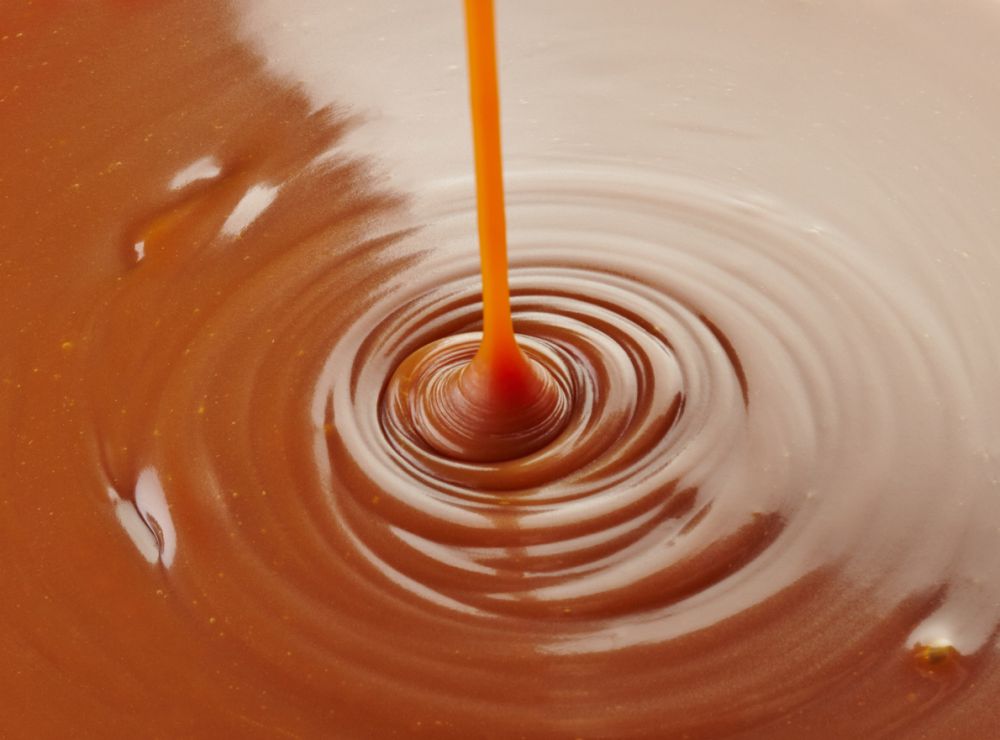
Caramel sauce dissolves well, giving your coffee a nice color.
And the smokey undertones of the caramel work well with the smokey undertones of your coffee beans, regardless of whether they are light, medium, or dark roasts.
You can also try caramel syrup, which is pretty much the same thing. It has a thinner consistency, but many users swear by using sauce since it feels more natural and richer.
2.4. Fruit Syrups
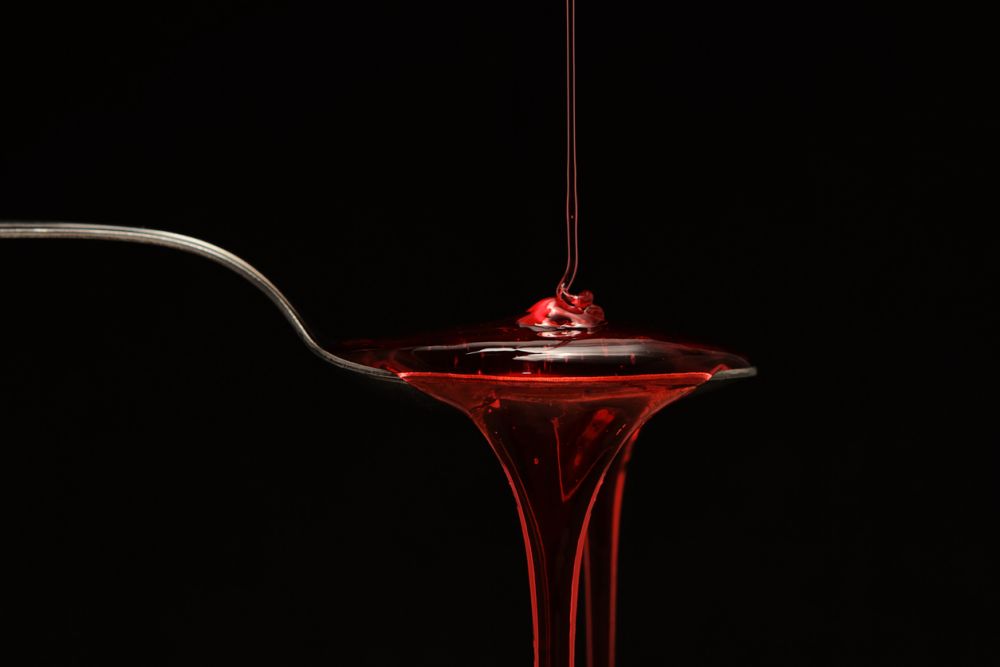
Fruit syrup is another neat way to add extra fruitiness to your coffee, although it’s not as popular as caramel, chocolate, or vanilla sauce.
Sure enough, you can’t just use any syrups since you need flavors that work well with the coffee flavor, such as cherries, forest fruits, strawberries, or kiwi.
However, if you like other fruit syrups but notice they don’t exactly mix well with the taste of coffee, use them as a drizzle on top of the whipped cream that tops off your coffee.
2.5. Flower Extracts
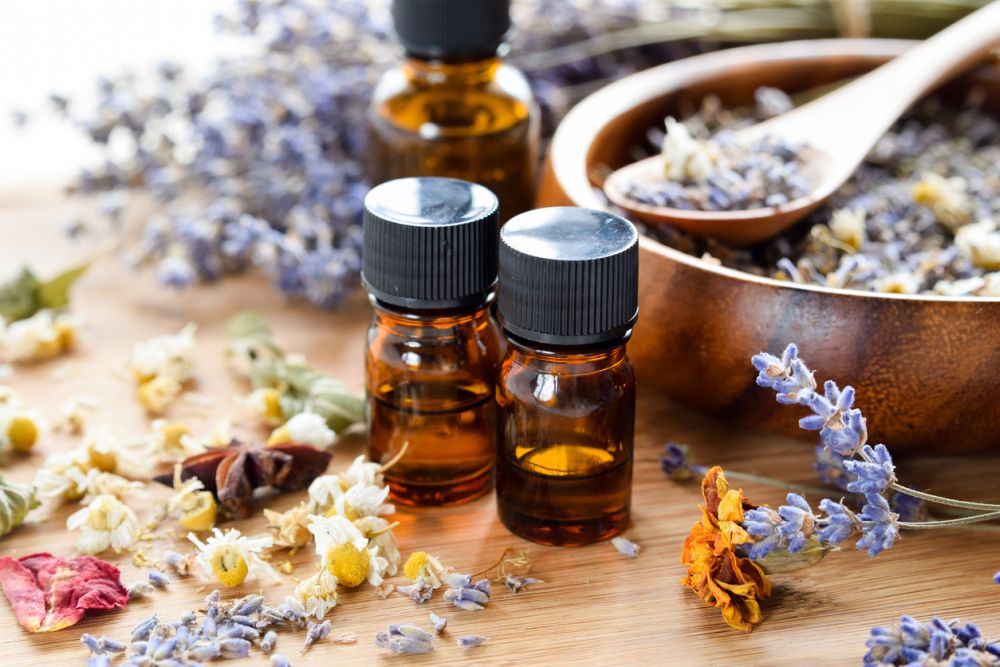
When coffee is barely roasted or not roasted at all, it usually showcases bright flowery and fruity notes. And that’s why people that love those flavors like lighter roasts.
If you want a fresh-tasting coffee with an even stronger floral feel, go for flower syrups like lavender or rose. It’s also a good idea for softening darker roasts.
It can be challenging to find these syrups, though. In this case, you can add the flower’s petals and even grind them to produce intense and authentic flavors.
3. Spices and Powders
Many people like how coffee is naturally bitter, adding powders and spices to bring out even more bitterness and make their coffee more interesting without sweetening it.
3.1. Cocoa Powder

While the chocolate syrup mentioned earlier is usually sweet, cocoa powder is not.
However, it still does a good job emphasizing the chocolaty undertones of Robusta beans and dark roasts.
Pure cocoa contains no sugar. So unlike syrup, you must add another sweetening agent (if you want to).
But if you’re a big fan of black coffee, using cocoa is a fantastic way to enhance its flavor without sweetening it.
Unfortunately, cocoa doesn’t dissolve so well. Make sure to follow these steps:
- Add cocoa powder to your coffee cup.
- Pour a bit of hot coffee on top.
- Mix with a spoon to form a thick paste.
- Add the remaining coffee while mixing to dissolve the cocoa paste entirely.
Note: Don’t try adding cocoa powder to the coffee grounds before brewing the coffee since it will clog up your filtering system, regardless of the brewing method.
3.2. Cinnamon

Cinnamon is one of those spices you can add to pretty much anything to create a delicious taste, and that’s also the case with coffee.
It complements the coffee’s bitter and sweet parts while reducing the bitterness of darker roasts.
Cinnamon is especially popular during winter, but cinnamon coffee can be bought year-round. It’s excellent for those who aren’t too fond of earthy flavors.
Unfortunately, cinnamon comes with two major drawbacks. Firstly, you can’t add too much cinnamon or the coffee will end up too spicy, reminding you of peppers or chili. Secondly, cinnamon doesn’t dissolve in coffee at all, so you must get creative.
3.2. Vanilla

Vanilla and coffee seem like a match made in heaven. And some manufacturers strive to make coffee beans that naturally taste like vanilla.
Regardless of whether it’s pods, beans, or extract, you can add vanilla to coffee to complement its bitterness.
Since vanilla is one of the most popular brewing flavors, you shouldn’t have much difficulty finding vanilla-flavored ground coffee or beans with a strong vanilla taste.
Keep in mind that you need to stay clear of vanillin, a synthetic compound that artificially flavors some vanilla products. It doesn’t taste all that good, and many claim it has an artificial after-taste.
3.3. Chili or Pepper
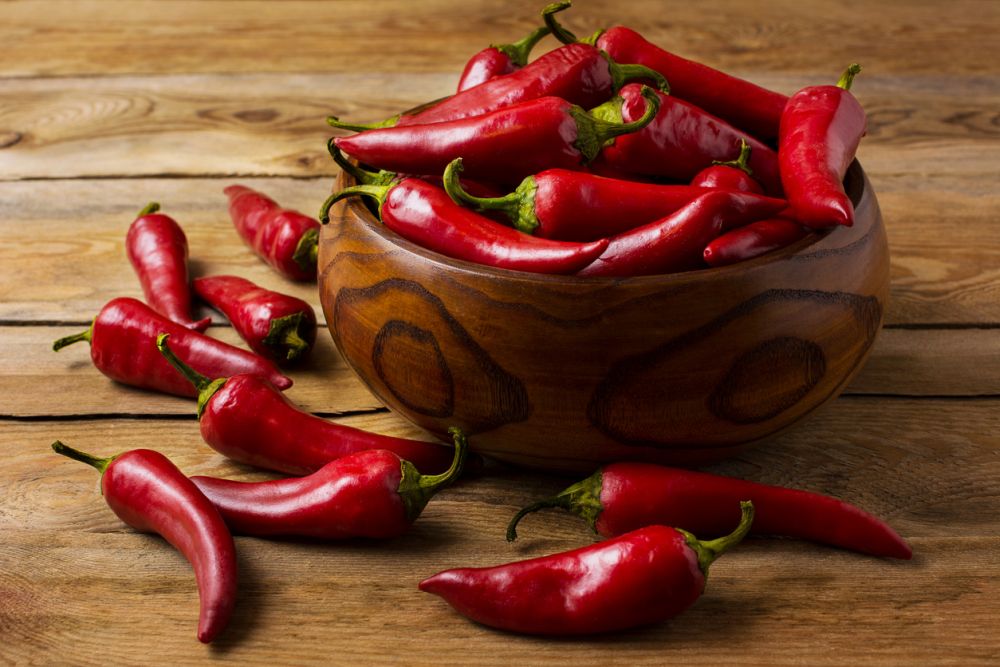
Adding chili or pepper to your coffee may sound strange, but the key is moderation.
Those who love chocolate with more exotic ingredients like chili or pepper chocolate can testify that the combo works (although some may argue it’s an acquired taste).
Nonetheless, these two spices work pretty well with chocolate. And the same can be said about chili and coffee.
It makes your coffee slightly hotter and helps your body feel as if you’re heating a lot faster, making it ideal during colder seasons.
3.4. Nutmeg
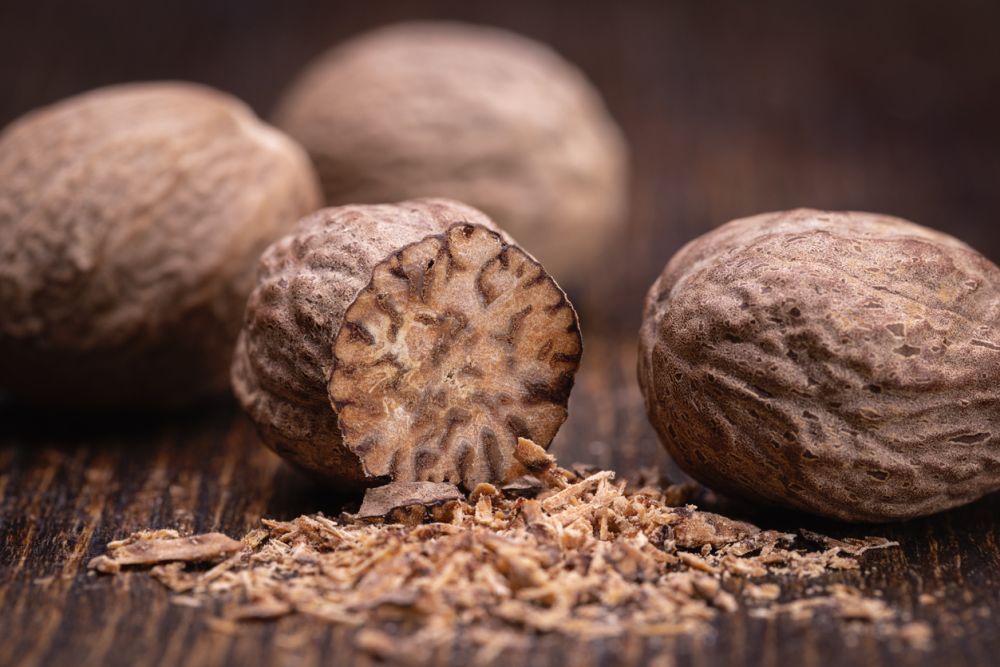
Nutmeg is a popular spice, although you probably know that it goes into dishes and not beverages.
It may sound strange that a spice commonly used in potato, squash, and ground meat dishes lends any type of flavoring to your daily cup of coffee, but it does.
This spice is pretty common in seasonal beverages, such as mulled cider, mulled wine, and eggnog. So it shouldn’t be surprising that someone thought about mixing it with coffee.
Just like cinnamon, nutmeg doesn’t dissolve at all. But it sinks to the bottom of the cup, so it won’t bother you while you drink.
3.5. Pumpkin Spice Mix
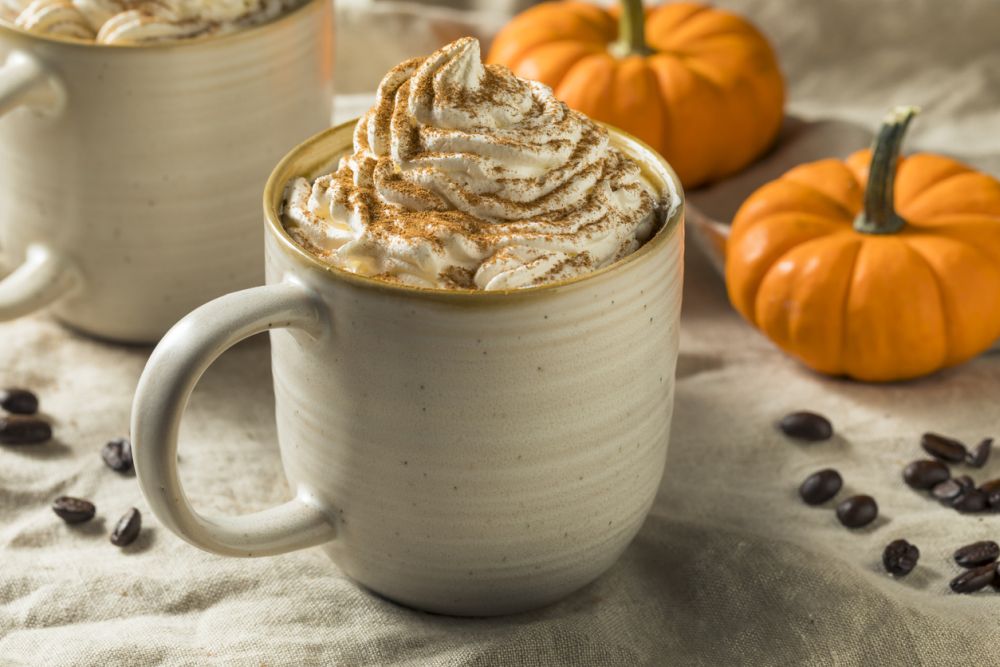
When it comes to fall and winter, pumpkin spice mix is probably the biggest man-made invention since sliced bread.
Yes, it sounds like an overstatement. But who would’ve thought that combining cinnamon, nutmeg, ginger, and allspice could be so profitable on a large scale?
Pumpkin spice mix is part of the coffee landscape, so it rightfully deserves its spot on this list.
It’s commonly used to flavor lattes, cappuccinos, and even regular drip coffee. And you can add it before brewing the grounds or after the coffee is ready.
You need cinnamon, cloves, ginger, and nutmeg for pumpkin spice mix. But it depends on what recipes you’re following.
3.6. Salt

This may come as yet another shocker, but salt is another spice that’s been part of coffee brewing for hundreds of years.
Like with some other spices, the secret is to use it in moderation and not add salt to the point where your coffee becomes unbearable and unhealthy.
A small pinch will do, and it helps reduce the coffee’s bitterness while enhancing its flavor.
The reason salt is added has nothing to do with its saltiness. It affects the taste buds on your tongue so that you no longer perceive the bitter taste of coffee at all.
Besides, everyone knows that salt dissolves in water easily, so don’t worry about using it in hot or cold coffee beverages.
4. Dairy
Adding milk and creamers to our daily coffee has become so common that people forget dairy can change the flavor of coffee all by itself.
Sure, different types of dairy will yield different results. And for those of you who want to stop using regular milk or creamer, you can choose from plenty of products:
4.1. Condensed Milk
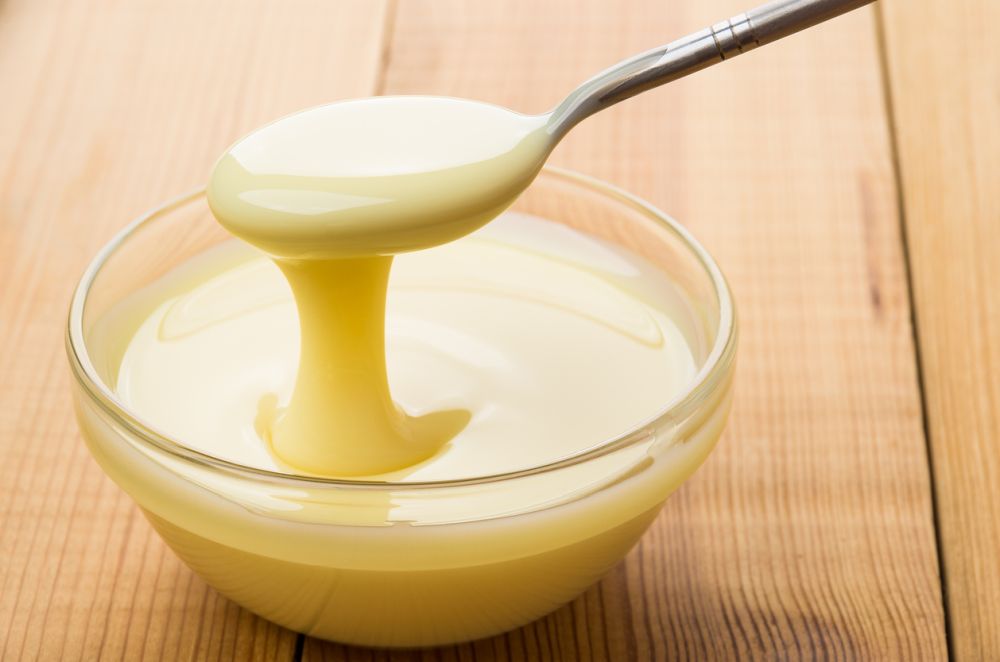
This may not be everyone’s cup of tea, but those who enjoy sweetened condensed milk often drink it as it is.
Therefore, instead of adding sugar and cream to your coffee, you can mix in condensed milk. It creates a beverage with a taste similar to cafe con leche but with a thicker consistency.
If you have a soft spot for exotic coffees, Vietnamese coffee is traditionally served with condensed milk.
4.2. Almond Milk
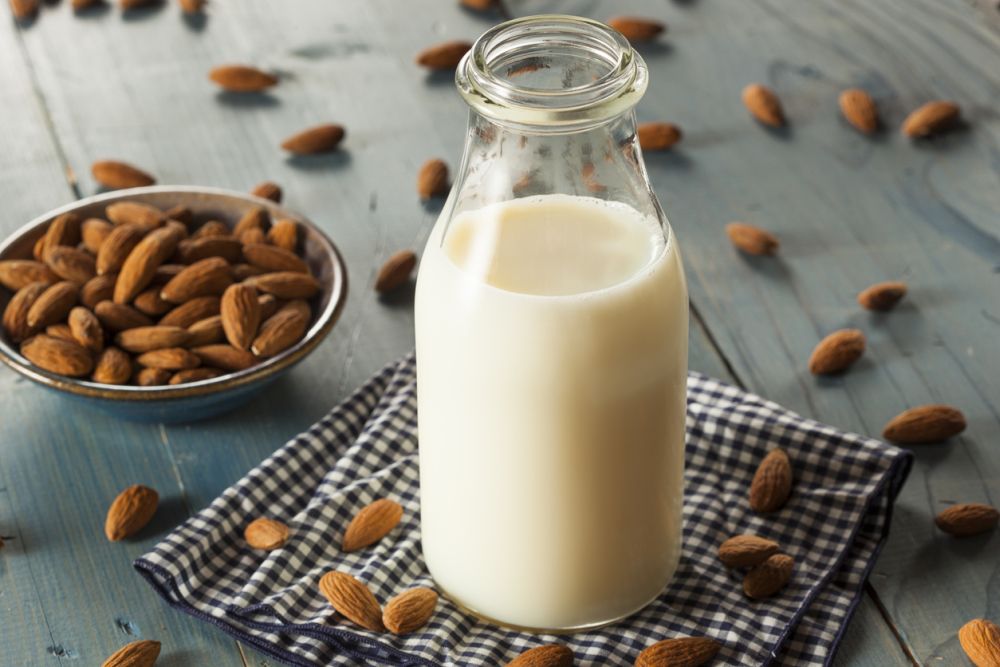
The first plant-based milk to make it big among the general population, almond milk has been used for quite some time.
It has a creamy texture and a nutty flavor that go well with pretty much all coffee brands, especially if they’re light or medium roasts.
Almond milk is ideal for getting into a healthier lifestyle since it lacks any cholesterol. And since it has no dairy, it’s excellent for lactose-intolerant people.
Besides, almond milk comes in four varieties: unsweetened, sweetened, chocolate, and vanilla-flavored. So you’re bound to find one you love.
4.3. Coconut Milk
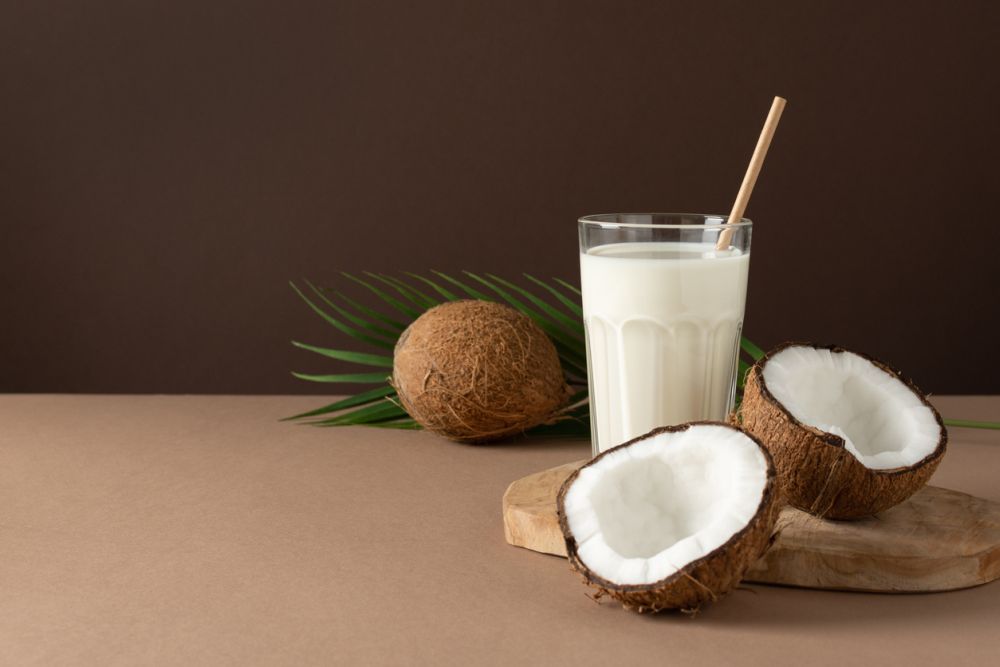
The next plant-based milk on our list is coconut milk, fantastic for giving a tropical twist to your robust cup of coffee.
Besides, it’s an excellent addition if you like flavoring your coffee with either almond or rum extract.
However, if you’re planning on buying coconut milk from abroad, make sure to get the right kind since they can be distinguished by fat contents:
- Coconut cream – ~20% fat
- Coconut milk – ~10% fat
- Coconut skim milk – ~5% fat
It’s high in healthy fats due to the coconut butter, giving the coffee a good, thick consistency and cutting down on the acidity.
4.4. Rice Milk
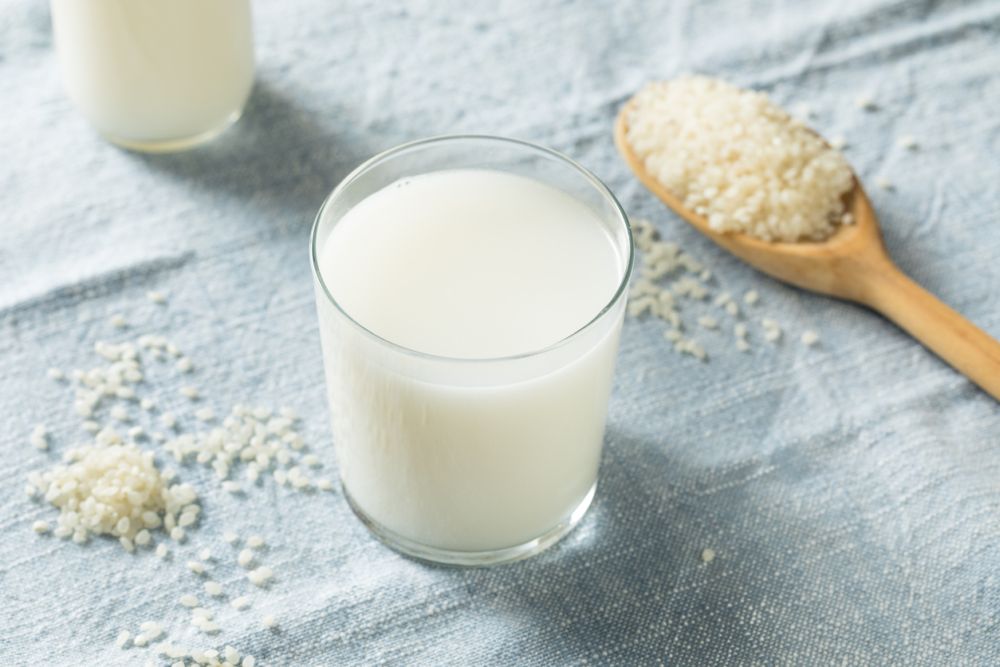
Rice milk combines the benefits of almond milk but without the nutty undertones. It also has the benefits of salt but without the risk of exaggerating.
This coffee addition is light, low on calories, and made from a combination of brown rice and brown rice syrup. While the unsweetened version has a neutral taste, some manufacturers add sugar.
Just like almond milk, rice milk can sometimes be flavored with vanilla, so you’ll never be short on options from which you can choose.
4.5. Cashew Milk
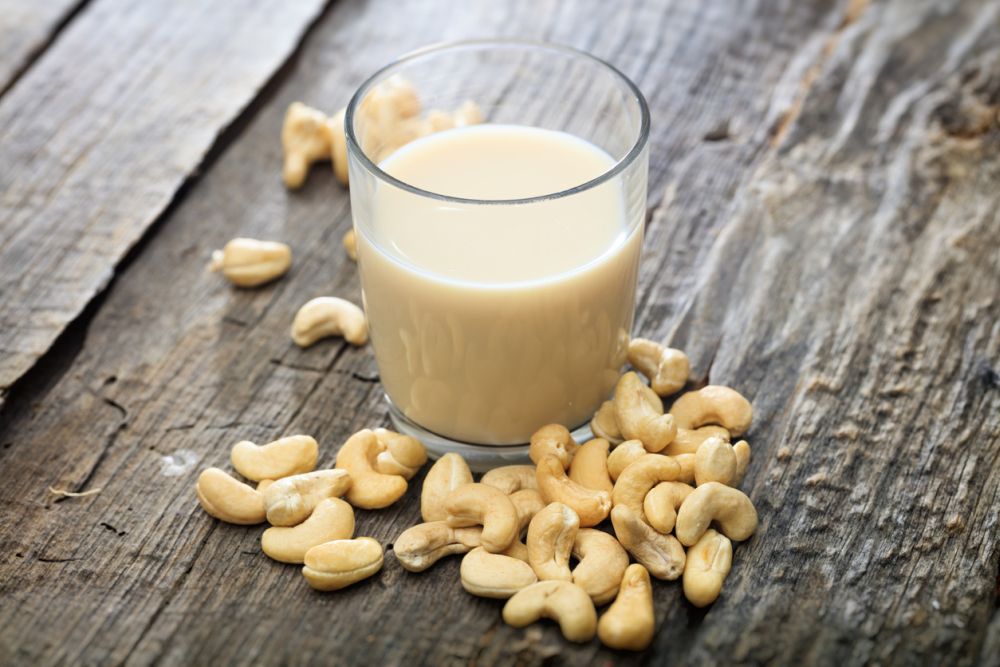
Cashew milk deserves a spot on our list since it’s ideal for those who enjoy a more neutral-tasting coffee.
It’s made from a blend of cashews and water. And like all the other plant-based milk on our list, it has no cholesterol.
The result is a creamy beverage without any undertones or after-taste, perfect for focusing on the coffee’s flavor profile.
That creaminess makes cashew milk so desirable since it can easily replace and outshine regular dairy creamer.
4.6. Oat Milk
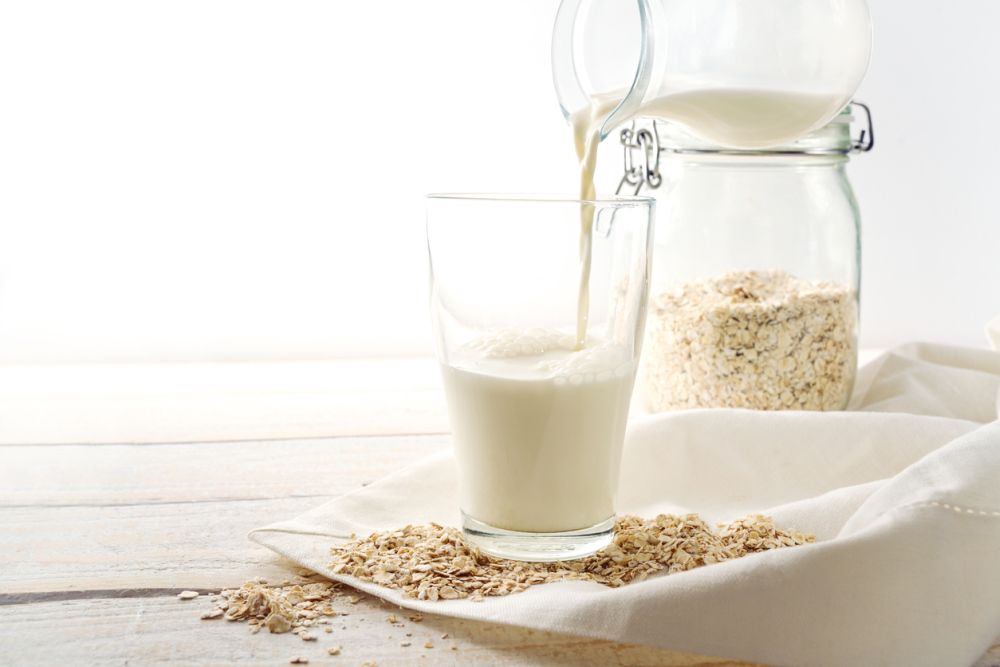
Oat milk is another excellent plant-based milk on our list, and one of the newest additions to the world of coffee.
Just like cashew milk, it has a creamy texture and doesn’t alter the coffee taste in any noticeable way. Because of this, it’s one of the most natural additions to coffee when you want to try something new.
Furthermore, many manufacturers have started flavoring oat milk with vanilla or chocolate, so you can have your coffee and drink it too.
4.7. Soy Milk
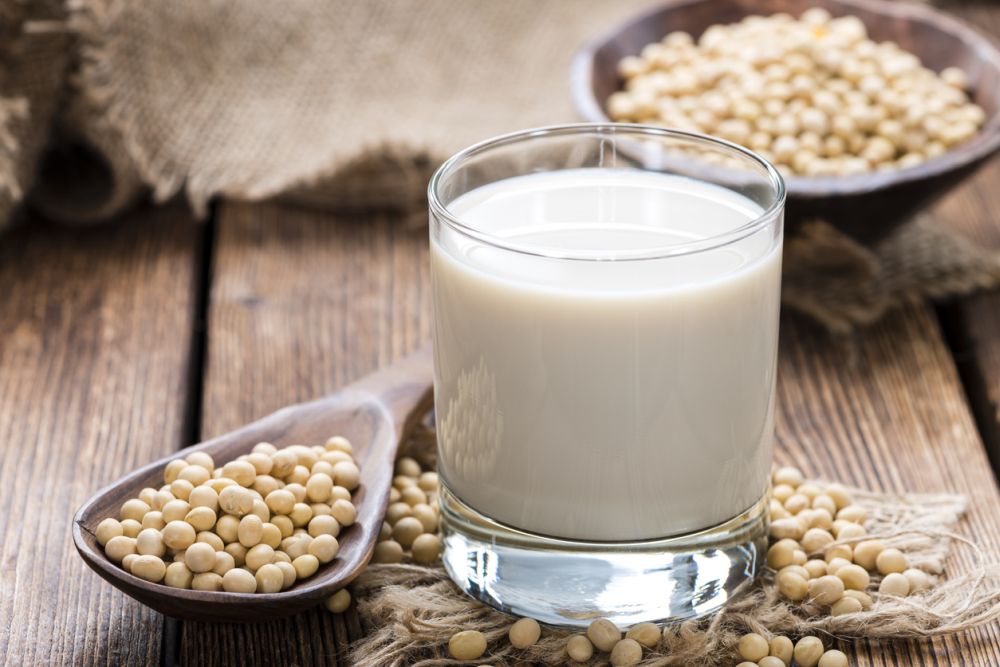
Some may find it strange that soy milk is so close to the bottom of our list, but it’s not because it’s not good.
It’s an excellent addition to coffee and probably one of the most popular ones. However, since it has a strong flavor, adding it significantly changes the taste profile of any cup of coffee.
Besides, some studies showed that consuming soy and soy-based products may increase the level of estrogen in your blood.
And it’s not something that everyone is comfortable with, especially men. There’s also the matter of the milk’s beany odor, which many find off-putting.
If you decide to give it a try, make sure to get the unsweetened version of soy milk since the sweetened one is often loaded with sugar.
5. Natural Flavorings
Nothing is better than mother nature’s gifts, and the same can be said about coffee flavorings:
5.1. Honey and Honeycomb

You can’t talk about natural sweeteners and flavors for coffee without mentioning honey or honeycomb – they would be perfect if it weren’t for the sugar.
Honey’s taste changes, depending on the flowers visited by bees, so you can get a unique flavor profile every time.
However, fruity and floral undertones are a guarantee – they highlight the bright flavors of light roasts and compensate for the overpowering smokey flavors of darker roasts.
Besides tasting like honey, honeycombs are excellent if you like crunchy or chewy surprises in your coffee.
Remember to never add honey to piping hot beverages, or the elements within will be destroyed.
5.2. Agave Nectar
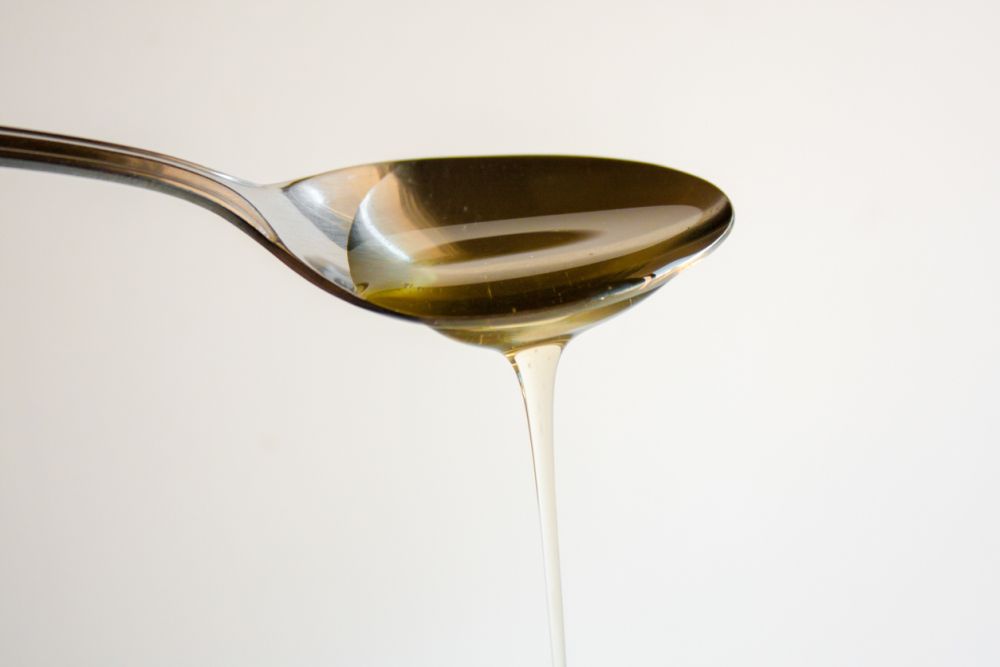
If you love the taste and texture of honey but are looking for a vegan alternative, your best bet is with agave nectar (agave syrup).
Both agave nectar and honey look, feel, and smell the same. But agave lacks the secondary flavors of honey, making it ideal as a neutral sweetener.
It dissolves easily in hot and cold coffee, although it’s recommended to stir cold coffee well before drinking it.
Agave nectar doesn’t have the sweetening power of sugar. But since it doesn’t affect your blood insulin levels, it’s perfect for diabetics and those trying to avoid sugar.
5.3. Monk Fruit Extract
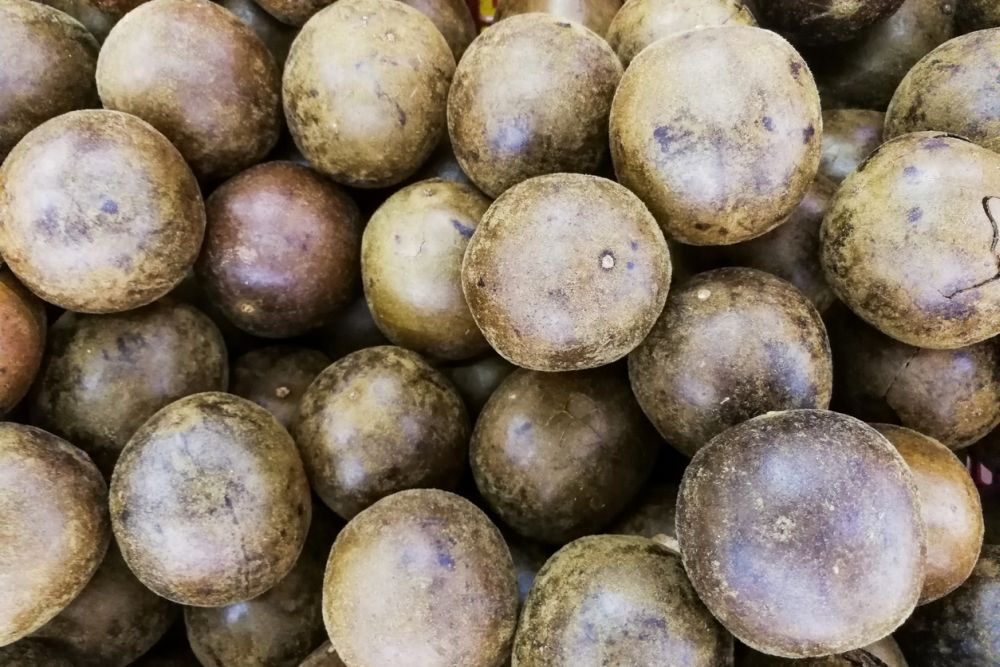
Monk fruit extract originates in Southeast Asia, slowly making its way into the U.S. and European markets.
It has virtually no calories, is 250x sweeter than sugar, and is rich in a substance called mongrosides, which can help fight inflammation.
However, many imported products get mixed with other sweeteners, so make sure to read the label before buying it.
5.4. Allulose

Allulose has the sweetness of maple syrup and can be naturally found in figs and raisins.
It has almost the same sweetening power as sugar but lacks secondary flavors, making it one of the closest flavors to sugar.
Allulose acts as a laxative if consumed in larger quantities (over 0.4 grams per pound of body weight), so keep this in mind when adding it to your coffee.
5.5. Yacon Syrup
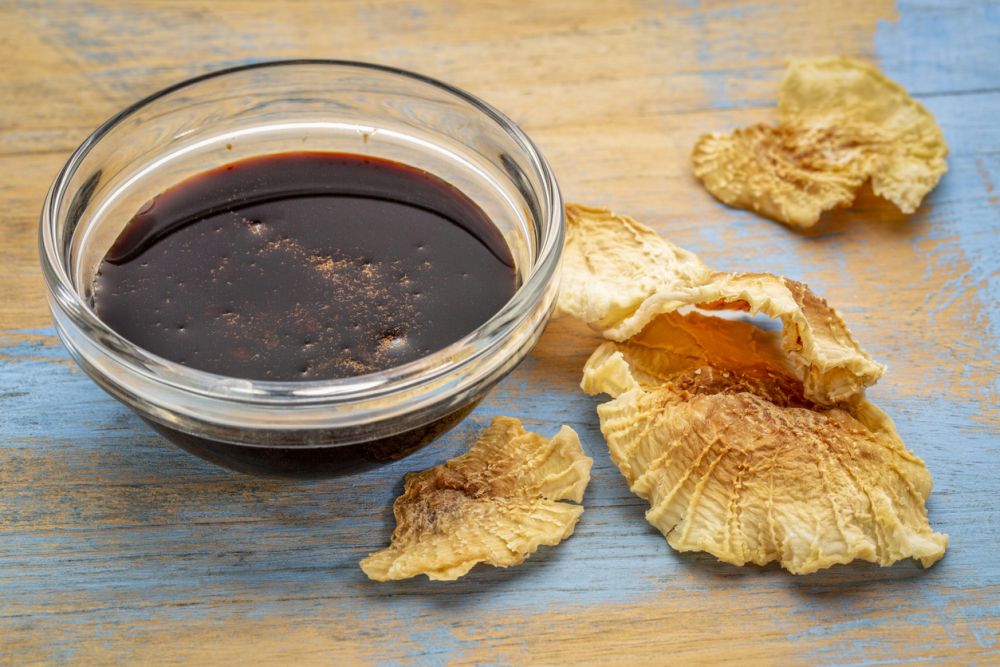
Yacon syrup is relatively new to the U.S. market, but Bolivians and other South Americans have been consuming it for years.
It has an extremely low glycemic index, making it excellent for diabetics. And it tastes like molasses and caramel, thanks to the fruit extraction method.
As with allulose, yacon syrup becomes a laxative when exceeding the maximum daily dose (around 20 g/day), causing cramps and other stomach issues.
6. Seasonal Flavors
If you’re looking for coffee flavors to bring out the holiday spirit, here are a few neat options:
6.1. Peppermint Oil
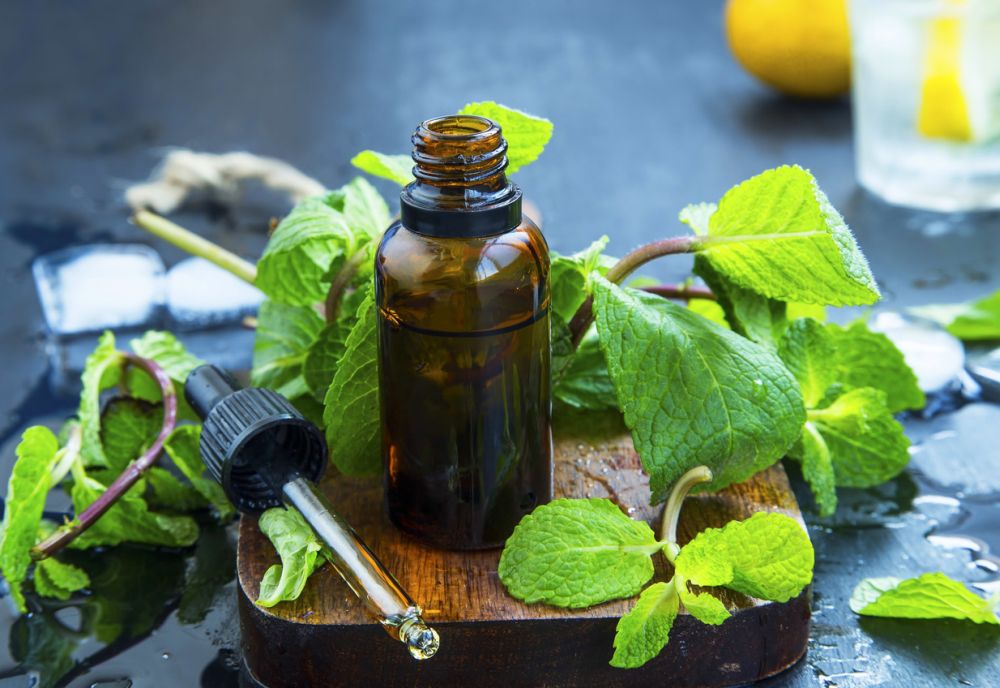
Peppermint oil makes your coffee festive and refreshing by adding a candy cane taste. It’s significantly better than steeping peppermint leaves in your coffee (that works, too).
Furthermore, peppermint oil works well as a palate cleanser when you’re overwhelmed by holiday food.
And you can add chocolate syrup to create a minty mocha if you want to turn your coffee into an authentic dessert.
6.2. Eggnog
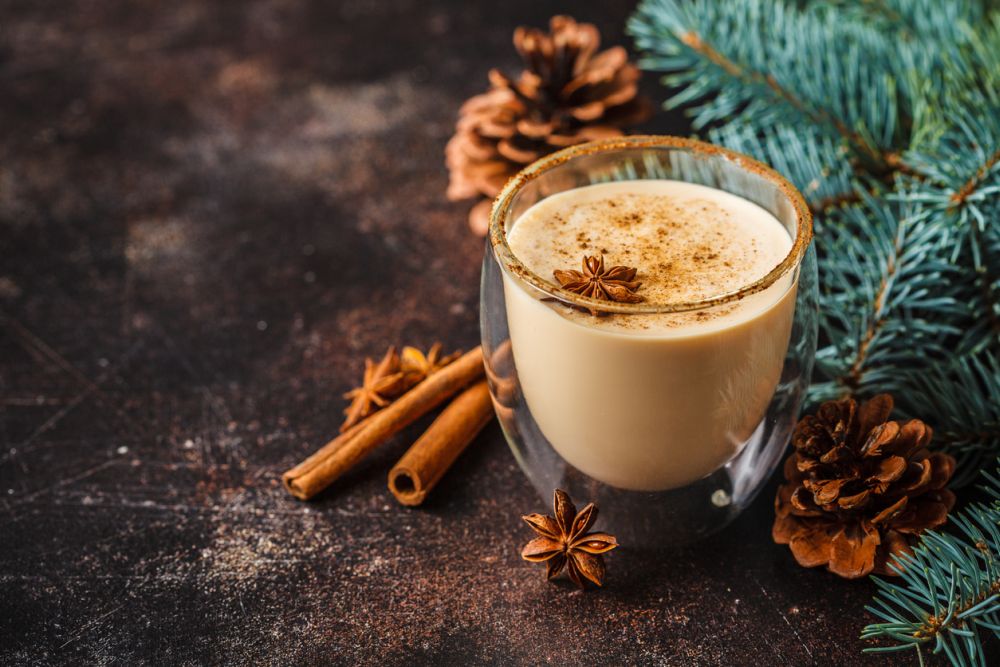
Eggnog is another winter favorite. Just a pinch of it will transform your average cup of joe into an amazing cup of hello.
Preparing eggnog is straightforward. Besides, many of its ingredients are already used to enhance coffee, such as milk, cream, sugar, or distilled spirits.
We recommend making your own eggnog since the commercial ones tend to be sweet.
6.3. Creamy Liquors
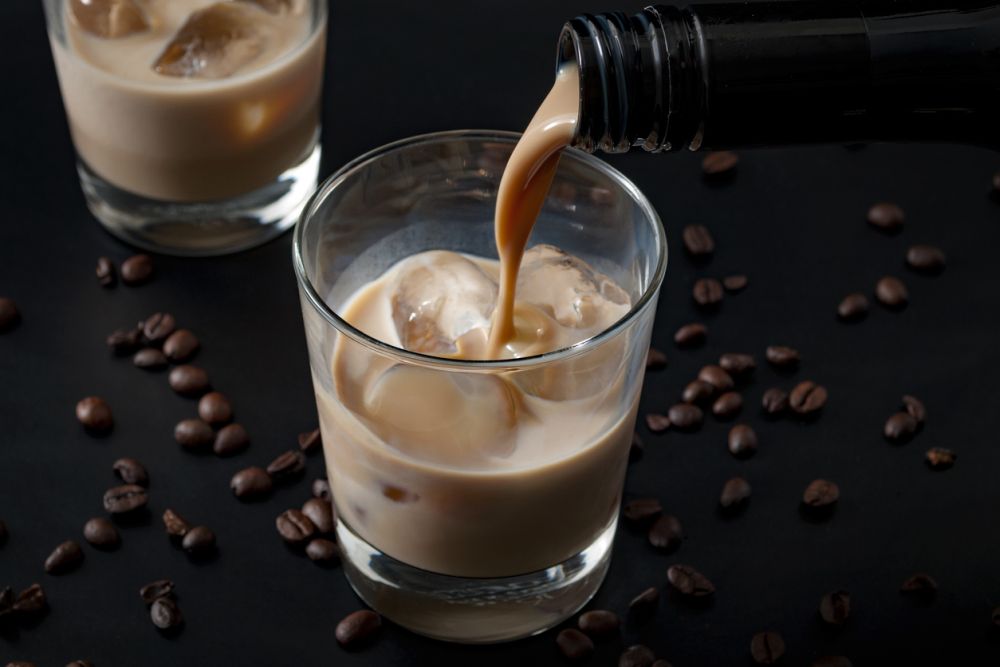
If you’re a fan of Irish coffee but prefer something with less of a buzz and more flavor, try adding creamy liquors to your morning coffee.
They are beautifully flavored to enhance coffee. Excellent examples include chocolate, mint, and coffee flavors.
The key is finding a liquor you like and experimenting with it to get the strength right.
7. Naturally Flavored Coffee
Flavored coffee beans have been around for quite some time. The flavors are influenced by the growth conditions and coffee types.
And they’re 100% natural – you don’t have to spend money on buying the flavors separately, and you don’t have to worry about extra calories either.
Feel free to experiment with various flavor beans to discover what works best for your coffee. Here’s a rundown of our favorites:
- Keurig Flavored Coffee Pods Collection – Variety Pack
- Eight O’Clock Coffee – Caramel Macchiato
- New England Coffee – Butter Pecan
- Dunkin’ Flavored Ground Coffee – Caramel Me Crazy
- Seattle’s Best Coffee – Toasted Hazelnut
- Green Mountain Coffee Roasters – Caramel Vanilla Cream
- Starbucks Ground Coffee – Mocha
- AmazonFresh – French Vanilla
- Tortuga Ground Gourmet Coffee – Caribbean Rum
- New England Coffee – Pistachio Crème
FAQ
Discover more helpful information about coffee flavorings:
How do you add flavor to coffee?
Use syrups, sweeteners (both natural and artificial), and various types of dairy and plant-based milk.
How do you make flavored coffee at home?
Add spices directly to your coffee grounds, store your spices together with your coffee beans, or add alcohol to your coffee beans and soak them for a bit before grinding and brewing.
Is it okay to put vanilla extract in coffee?
Yes, there are no health concerns since vanilla extract is mostly just water and alcohol, with a tiny amount of vanilla flavoring
How do you sweeten coffee?
The traditional method involves sugar. But if you’re looking for natural alternatives, try honey or maple syrup. On the other hand, if you prefer 0-sugar sweeteners, go with stevia.
What is the best coffee flavor?
Caramel, chocolate, vanilla, and hazelnut are the most popular coffee flavors.
Conclusion
With all the different ways to flavor coffee, there’s no doubt in our minds that when you finally get it right, it will be worth all of the effort.
But remember—it takes time, so keep practicing and experimenting!
Leave a Reply